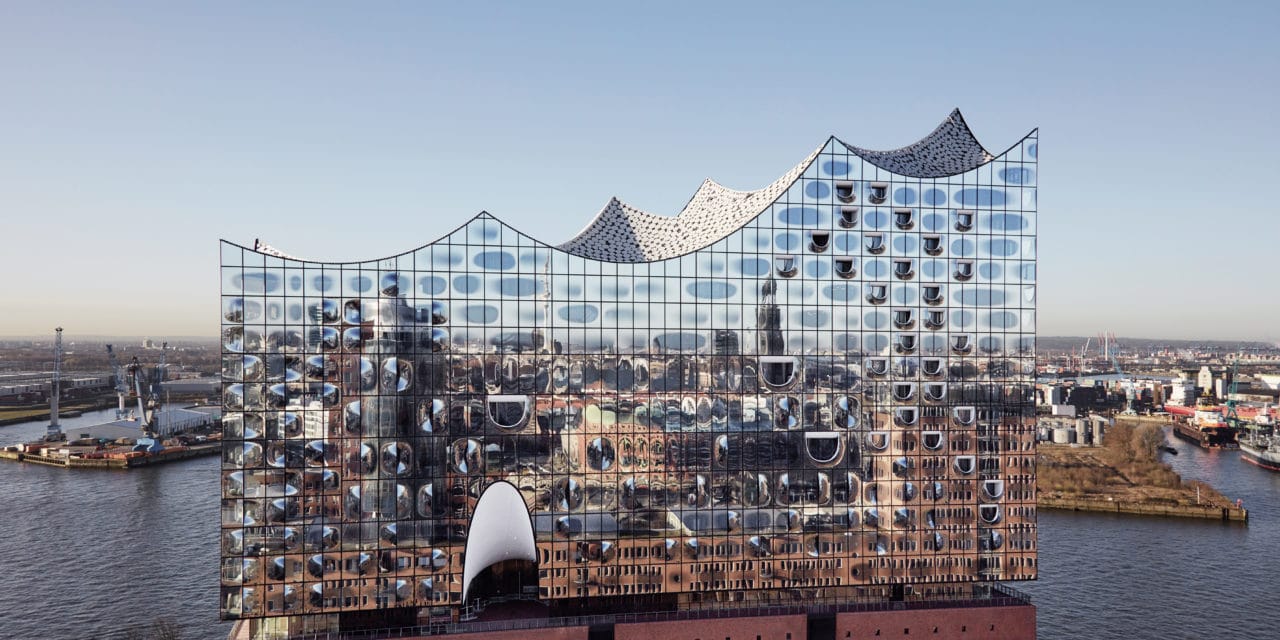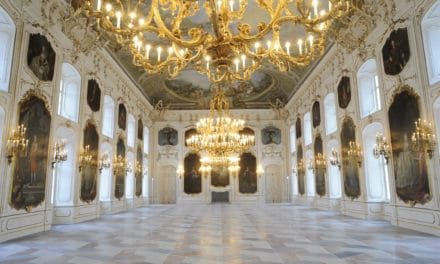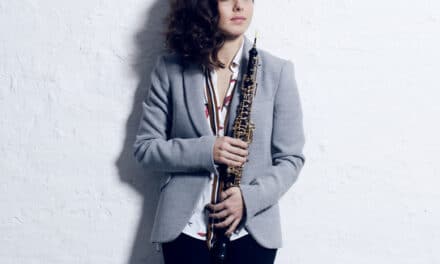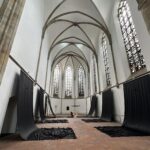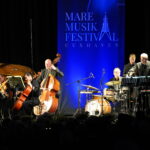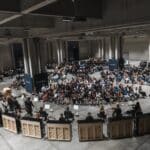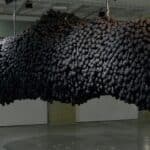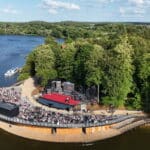Today, the Elbphilharmonie is considered by many to be the new landmark of the Hanseatic city and, with its architectural concept, is one of the most striking concert halls in the world. It is a total work of art combining architecture, music and a unique location on the harbor. In the middle of the Elbe river on around 1,700 reinforced concrete piles, a building complex has been created that houses three concert halls, a hotel, 45 apartments and the Plaza, a freely accessible square at a height of 37 meters with a 360° panoramic view of the city. The heart of the Elbphilharmonie is also one of the most exciting construction challenges currently facing Europe: a world-class concert hall at a height of 50 meters with 2,100 seats, which is decoupled from the rest of the building for soundproofing reasons.
The building was constructed at a historically significant location in Hafencity: the Kaispeicher, the largest warehouse in the port at the time, was built in Sandtorhafen in 1875. Cocoa, tobacco and tea were still stored here until the 1990s. The concept of creating a "cultural monument for all" goes back to the architect Alexander Gérard, who presented his idea to the Hamburg Senate in 2001. The undulating structure with its striking glass façade was designed by the architectural firm Herzog & de Meuron. This is intended to reflect the colors and lights of the sky, the water and the city. The plaza, which is open to visitors, offers a panoramic view of the city and the harbor. Japanese acoustics expert Yasuhisa Toyota developed a special wall covering for the Great Hall that gives the room brilliant and precise acoustics and reflects sound into every corner. Thanks to a special construction method, none of the 2,100 concertgoers should sit less than thirty meters away from the conductor. In contrast, the Small Hall follows a more classical spatial concept. What both halls have in common is that they are acoustically autonomous spaces that are decoupled from the rest of the building. The Quay Studios, where goods used to be loaded and stored directly from the ships, are now used for music education projects and concerts for children and serve as rehearsal rooms for many musicians. In addition to the concert halls, the Elbphilharmonie also has several residential units, an underground parking garage, a hotel and various restaurants. The resident orchestra is the NDR Elbphilharmonie Orchestra.

